PPT-Why did William win in 1066?
Author : cheryl-pisano | Published Date : 2017-12-11
Williams Effective Leadership As the victorious general William might have won because of his own actions Evidence you could use William took full advantage of
Presentation Embed Code
Download Presentation
Download Presentation The PPT/PDF document "Why did William win in 1066?" is the property of its rightful owner. Permission is granted to download and print the materials on this website for personal, non-commercial use only, and to display it on your personal computer provided you do not modify the materials and that you retain all copyright notices contained in the materials. By downloading content from our website, you accept the terms of this agreement.
Why did William win in 1066?: Transcript
Download Rules Of Document
"Why did William win in 1066?"The content belongs to its owner. You may download and print it for personal use, without modification, and keep all copyright notices. By downloading, you agree to these terms.
Related Documents

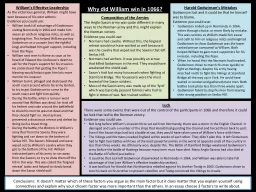

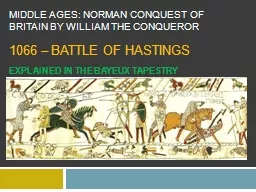
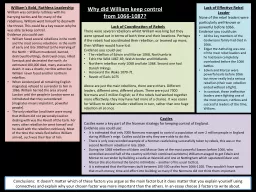

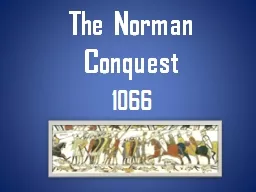


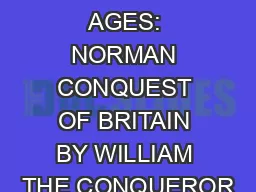
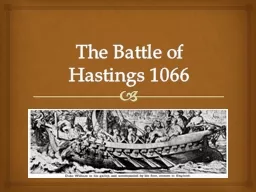
![Oracle 1Z0-1066-22 Certification Exam Syllabus and Sample Questions [2023]](https://thumbs.docslides.com/968965/oracle-1z0-1066-22-certification-exam-syllabus-and-sample-questions-2023.jpg)


